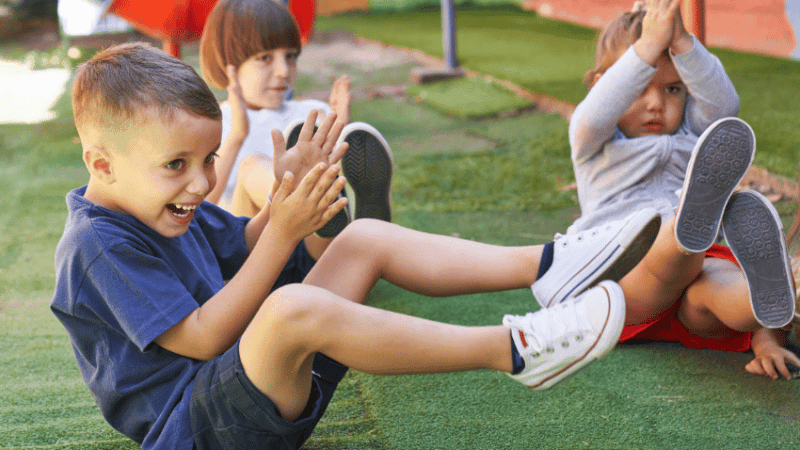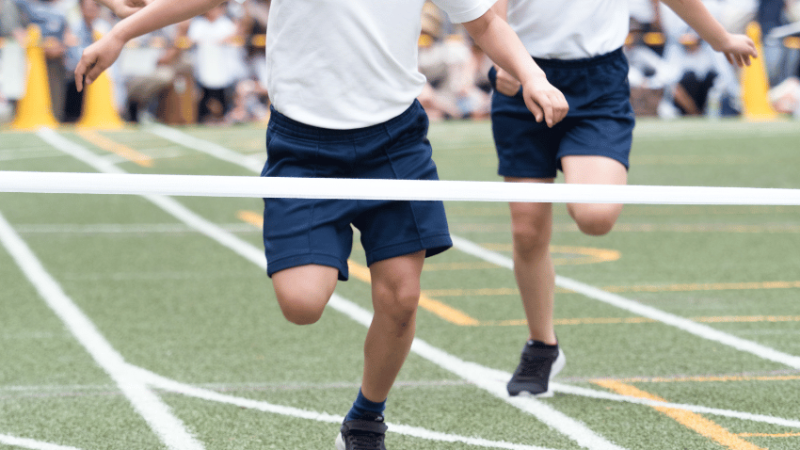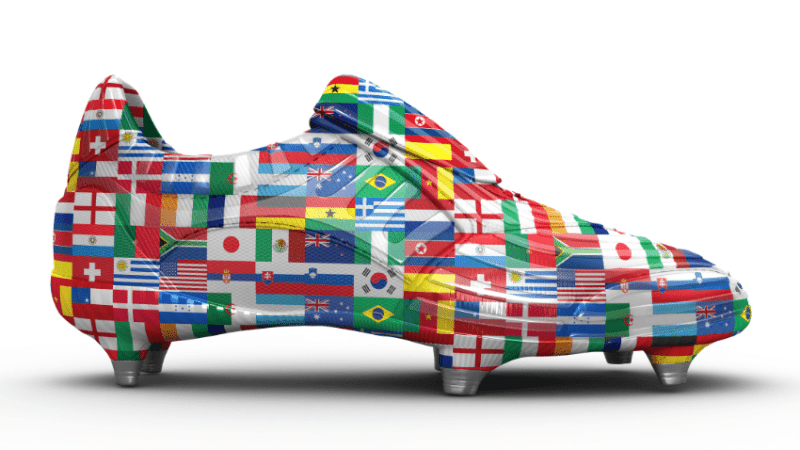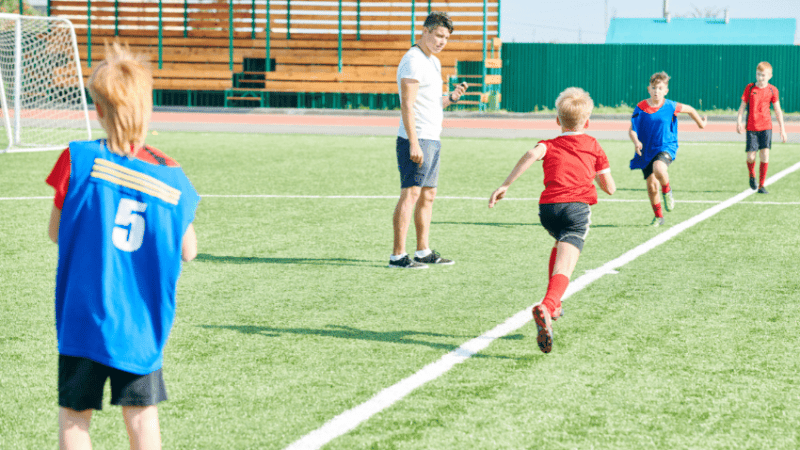EYFS physical development – 7 steps to a more holistic approach
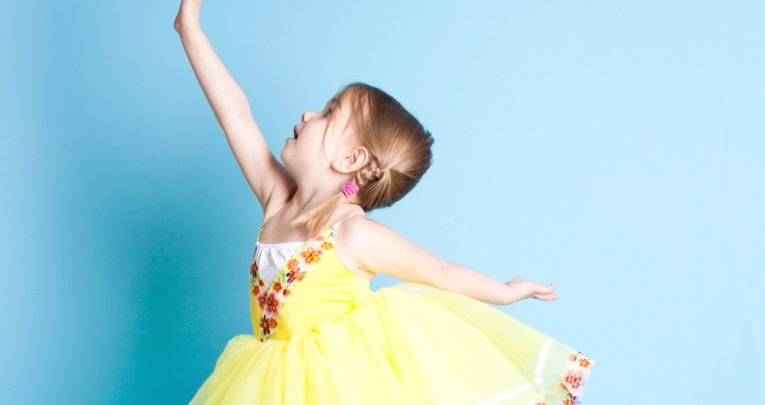
Whether it's crawling, throwing, jumping or touching, the development of children's physical movements and fine motor skills can reinforce one another in a range of helpful ways, says Kathy Brodie…
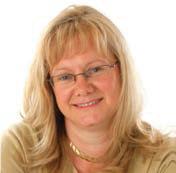
- by Kathy Brodie
- Consultant, trainer, author and founder of Early Years TV Visit website
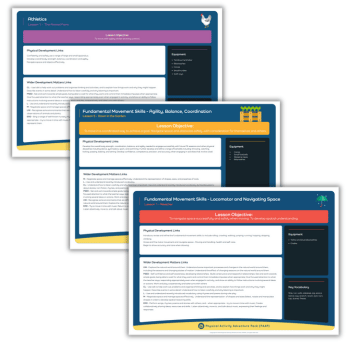
READ ON TO DISCOVER…
- how physical development can improve outcomes across the EYFS framework
- the ways in which mastery of physical movement can lead to gains in literacy and other areas
- how role playing and other imaganative activities can play an important role in physical development and vice versa
- maths activities that can simultaneously improve cognitive function and physical mastery
Encompassing growth and the mastery of a wide range of skills, physical development has an influence on children’s outcomes across the framework.
Here, Kathy Brodie explains how.
1 | Literacy learning
Crawling gives very young children the upper body strength and cross-lateral movement they’ll need to write and scan from one side of the page to the other to read. Large gross motor physical movements from the shoulder, such as throwing and painting on a large, vertical surface, help develop the control and stamina needed in the upper arm to write. To be able to write across a page, children need to be able to cross their mid-point, which can be developed through physical games using alternate hands. Fine motor skills are necessary to hold a pencil and proprioception skills are needed to ensure that pencil pressure is not too hard or too soft.
2 | Personal, social, emotional
Most children naturally try to do more and more physically. When they achieve something like climbing the steps of the slide all by themselves or balancing on an obstacle course, they gain self-confidence. The mastery of fine motor skills in self-care, such as doing up a zip or putting on boots, not only gives confidence, but also a feeling of independence and a mastery disposition. Children’s social development is likely to revolve around what they can do physically – for example, the children who can confidently play football together outside, or those able to put together the train track and manipulate the trains.
3 | Expressive arts & design
There are many fine motor skills required for craft activities, from rolling out playdough to using a glue stick and scissors. However, EAD is also about dance, song and drama. These activities include a range of physical development skills, such as gross motor skills, coordination and confident movement. For example, if the children are being pop stars on the stage, they need to be able to move to the music, sing and move around on the stage without bumping into each other, all at the same time.
4 | Use your imagination
When children make up games and imagine situations, they use their whole bodies. For example, being the baby means you have to sit over there, or being a dragon means running around the garden. Sometimes it is the physical movement that inspires the imagination, for example, crawling on the floor inspires play about being/having a dog. Encouraging different types of movement such as slithering, hopping or tiptoeing helps to build the imaginative play.
5 | Sensory development
Physical development is not only about movement, but also includes sensory development and integration. Being able to integrate all the senses means children can understand the world around them. This relies on real-life experiences, such as having real apples in the home corner for their smell, taste, texture and look, or having a range of textured floor tiles to feel and crawl over in the tunnel.
6 | Cognitive skills
There is a connection between movement play and better cognitive outcomes, due to the integration of all the sense systems when moving. Spinning on the spot, running, rocking and crawling all need the senses (sight, vestibular, proprioception) to coordinate, plan the action, execute and receive feedback. This complex system helps the brain to regulate and understand sensory input, which is good for cognitive function. In addition, the extra blood flow provides more oxygen to the brain, helping to keep it healthy.
7 | Speech & communication
To be able to speak clearly, there has to be good physical development of the jaw, facial muscles, tongue and so on. In addition, the vestibular system (usually associated with balance) has an effect on the motor control of the fine muscles, which again affects the clarity of speech. Communication is also partly ‘body language’, so being aware of your own body has an important role to play in making yourself understood.
Active maths
Physical skills have much to contribute to children’s growing understanding of number, shapes and more…
- Whole body movements create knowledge of spatial awareness and positional language (in, on, under, behind)
- Using the whole body to count, e.g. hopscotch or jumping between stepping stones, helps embed a knowledge of numbers
- Using fingers to count with gives a concrete context to abstract numbers as well as the sensory feedback
- Block play as a way of developing both fine and gross motor skills helps children to learn about 3D shapes, weight, size, volume and distances
- Dance and music-based physical movement helps children become aware of rhythm and beats, both of which help with the repeat ‘rhythms’ of mathematics
Kathy Brodie is an Early Years Professional and trainer based in East Cheshire, who has worked in both nurseries and schools, and today specialises in the Early Years Foundation Stage and special educational needs. For more information, visit kathybrodie.com.





